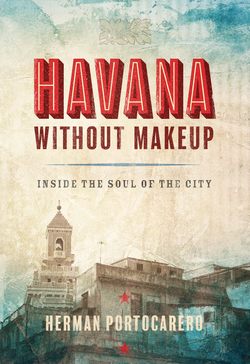Читать книгу Havana without Makeup - Herman Portocarero - Страница 30
На сайте Литреса книга снята с продажи.
Оглавление23.THE LAST SALVO
There is also an urban legend about the cañonazo.
In stark contrast with the United States, Cuba no longer practices the death penalty. The last executions by firing squad, in April of 2003, were sometimes said to have been carried out at the same fortress from where the cannon announces nightfall every evening. It was whispered that the timing of the executions was set so that the firing of the guns would coincide exactly with the cannon blast, by way of camouflage.
The three executed men were condemned for an act of piracy: they had hijacked the modest ferry boat going back and forth between Havana and Regla, full of subdued commuters, in an attempt to reach Florida. They ran out of fuel thirty miles from the coast and were brought back to Mariel. Their sentence might have been more lenient, had Cuba not wanted to make a point, both to her own people and to the world, that it would not tolerate terrorism in the aftermath of 9/11. Who, especially in the United States, could criticize harsh treatment of terrorists? No one was hurt during the episode, but Cuba’s very last homegrown pirates lost their lives to politics.
In 2005, Cuba decreed an indefinite moratorium on the death penalty, in a decision much more in line with the country’s declared humanism than with its often bloody past. The cannon blast on that April night had covered a last sinister salvo . . .
This urban legend, though, turned out to be just that. The executions were apparently carried out in a military barracks to the west of the city, far beyond the camouflage of the cañonazo.
